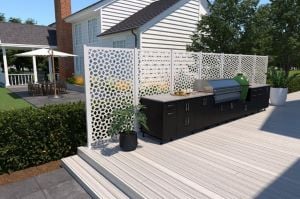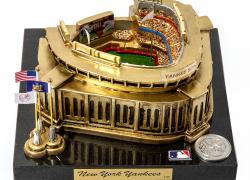How to Prepare Now for Storm-Induced Power Outages as Severe Weather Increases
(NewsUSA) - In the United States, severe weather events continue to increase on an annual basis, and with that comes the growing threat of power outages. During National Preparedness Month in September, experts recommend developing a plan to stay safe during a storm-induced power outage, including determining the best backup power options for your home and lifestyle.
- In the United States, severe weather events continue to increase on an annual basis, and with that comes the growing threat of power outages. During National Preparedness Month in September, experts recommend developing a plan to stay safe during a storm-induced power outage, including determining the best backup power options for your home and lifestyle.
A recent study from Texas A&M University found that the U.S. has experienced a 20% annual increase in power outage severity since 2019. With that has come increases in the length and frequency of power outages with more customers being affected annually.
Areas that have reported some of the highest risks of weather-induced blackouts fall along the coastlines and in the Great Lakes regions – areas that commonly see severe weather like hurricanes, tornadoes or powerful thunderstorms.
“As the number of severe weather events rise, so too has the number of blackouts,” said Kyle Raabe, President of Consumer Power for Generac Power Systems. “In 2024, the U.S. had nearly 1.5 billion electric outage hours, which was the most since Generac began tracking this statistic. Homeowners should prioritize backup power to plan for their own safety and security during a storm-induced outage.”
For National Preparedness Month, the power outage experts at Generac advise people to make a plan for severe weather that includes a source of backup power and to identify the backup power option that will best fit their home’s needs in the next outage.
Several options exist for those looking to secure backup power in emergency situations. Each has advantages and drawbacks, and the choice will depend on individual needs, budget and the specific risks posed by the local climate.
- Home Standby Generators are not only a more permanent solution but also the most reliable option. These units are installed outside the home and are connected directly to the electrical panel. Standby generators are powered by natural gas or propane and automatically activate when utility power is disrupted, allowing for continuous power for extended periods of time. This makes them ideal for homes in areas prone to frequent or prolonged outages.
- Portable Generators, also known as open frame generators, are an ideal option for emergency backup power. Fueled by gasoline or liquid propane, portable generators can power the whole home or connect to individual appliances with an extension cord. While larger than inverters and portable power stations, portable generators include features like handles and tires for easy positioning.
- Inverter Generators are an efficient, lightweight portable generator, perfect for those who want a compact but powerful backup power solution. Unlike classic portable generators, inverter generators are fully enclosed and operate quietly. The easy start function is a distinct benefit of inverter generators, which start with the turn of a dial instead of the manual pull cord used on larger generators.
- Battery-Powered Portable Power Stations are an emission-free option that doesn’t require fuel, offering a backup power source designed for both indoor and outdoor use. Ideal for condos or apartments, they are even quieter than inverter generators, operating without any sound. Portable power stations are the smallest backup power option and can power a wide range of electronics that are crucial during an outage, including phones, refrigerators, sump pumps, laptops and more.
The 2025 fall and winter seasons are expected to bring a high risk of extreme weather events, making backup power solutions a preparedness priority. Hurricanes and severe storms can significantly damage the power grid, leaving homes without electricity for days or weeks.
A backup power source is not just about convenience; it’s about being prepared for the unexpected. The peace of mind that comes from knowing you can maintain essential functions, such as heating, cooking, and communication, during a power outage is invaluable. Generac is a global leader in energy technology and offers information and resources at https://www.generac.com/prepare/


 - As heatwaves intensify and storms grow more severe, the risk of prolonged power outages continues to climb. Forecasters across the country are sounding the alarm that extreme weather is no longer the exception, but the norm. The National Oceanic and Atmospheric Administration (NOAA) projects that a highly active Atlantic hurricane season will persist through 2025, with elevated potential for disruption to the power grid.
- As heatwaves intensify and storms grow more severe, the risk of prolonged power outages continues to climb. Forecasters across the country are sounding the alarm that extreme weather is no longer the exception, but the norm. The National Oceanic and Atmospheric Administration (NOAA) projects that a highly active Atlantic hurricane season will persist through 2025, with elevated potential for disruption to the power grid. - If you’re looking to freshen up your living space, it’s easy to get swept away in on-trend designs. But while trends come and go, savvy homebuilders and designers agree that there’s one thing that never goes out of style: natural wood details, such as those crafted from a versatile species like cypress. Here are a handful of helpful tips to flip your home from drab to fab.
- If you’re looking to freshen up your living space, it’s easy to get swept away in on-trend designs. But while trends come and go, savvy homebuilders and designers agree that there’s one thing that never goes out of style: natural wood details, such as those crafted from a versatile species like cypress. Here are a handful of helpful tips to flip your home from drab to fab. 

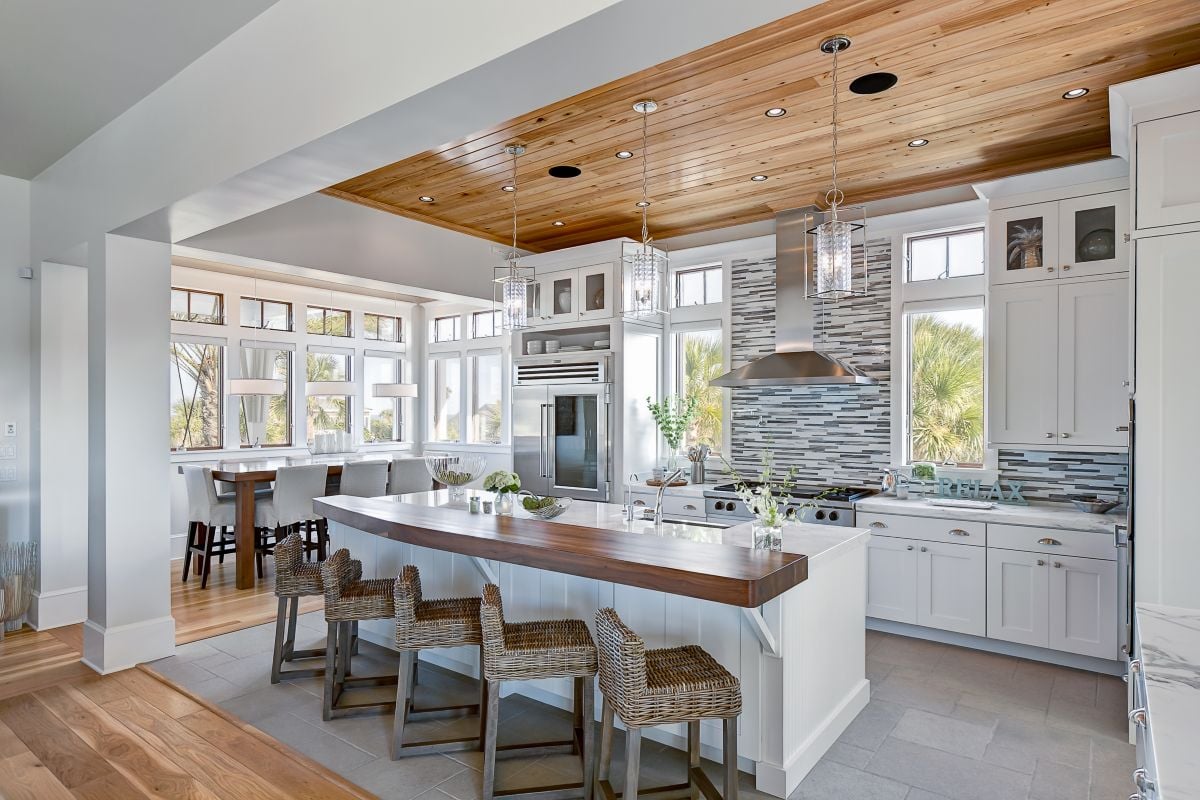


 - Backyards are getting a serious glow-up—and pools are leading the charge. From modern designs with resort-worthy features to automation that practically runs the show, today’s pools are all about style and simplicity. The best part? They're easier than ever to own with less upkeep and more “ahhh.”
- Backyards are getting a serious glow-up—and pools are leading the charge. From modern designs with resort-worthy features to automation that practically runs the show, today’s pools are all about style and simplicity. The best part? They're easier than ever to own with less upkeep and more “ahhh.”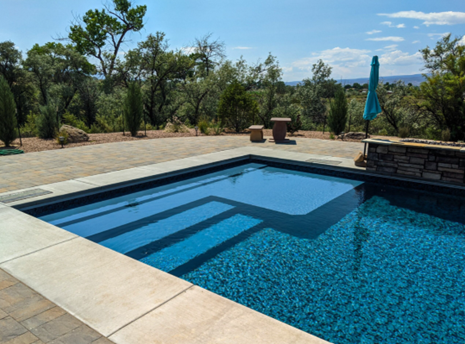




 - Trying to be better organized and looking to overcome your storage dilemma with more than a dull metal rack or a makeshift cubby? Take your cue from these design pros. Throughout the home, they’re creating functional and beautiful storage solutions. How? They’re doing it with all-natural cypress. And you can, too!
- Trying to be better organized and looking to overcome your storage dilemma with more than a dull metal rack or a makeshift cubby? Take your cue from these design pros. Throughout the home, they’re creating functional and beautiful storage solutions. How? They’re doing it with all-natural cypress. And you can, too!



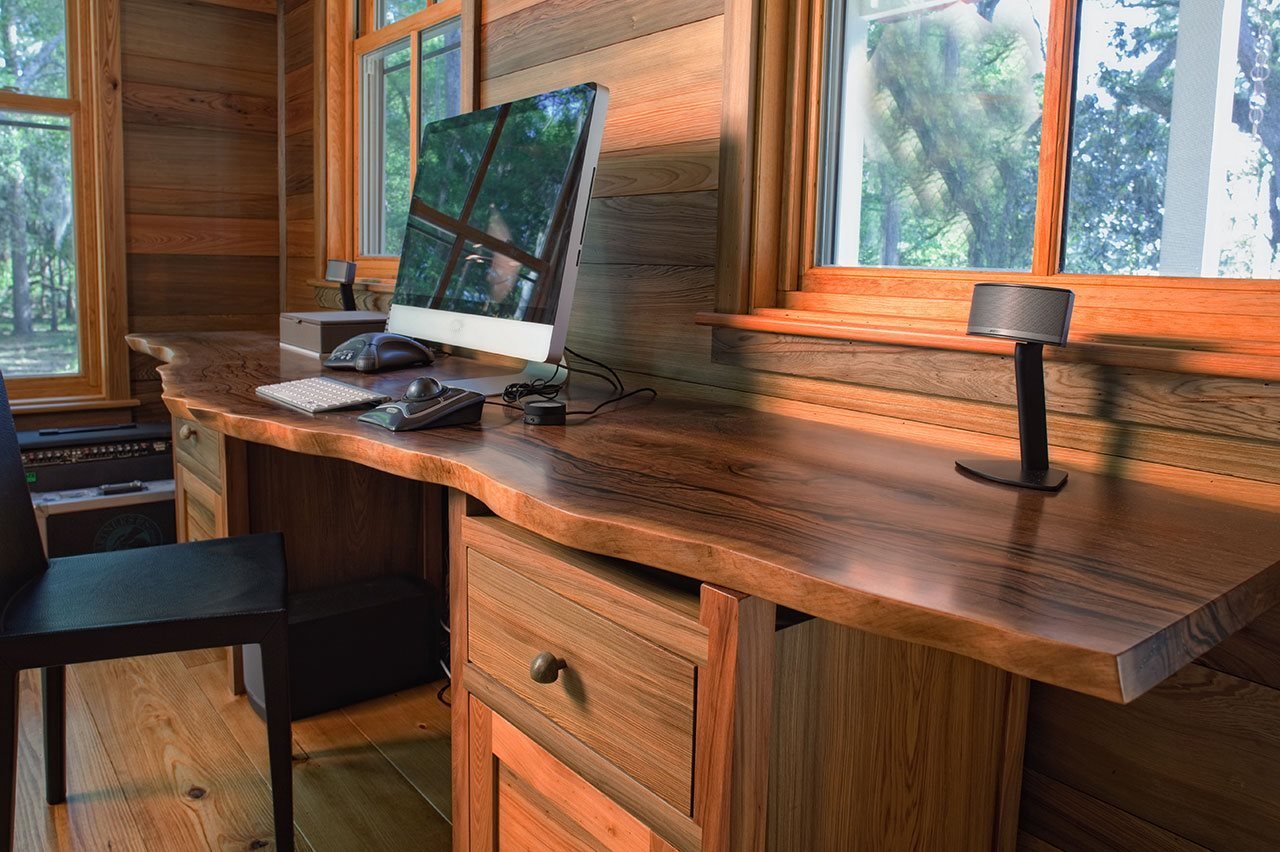

 - Winter holidays are fast approaching, and while you’re busy planning meals, buying gifts and decorating, there’s one more preparation that shouldn’t be overlooked: cleaning your home top to bottom to prepare for the influx of guests. While we tend to focus on the obvious areas – like the kitchen counters and toilets – there are several overlooked spots that are prone to grime, odors and buildup that can make or break your hosting experience.
- Winter holidays are fast approaching, and while you’re busy planning meals, buying gifts and decorating, there’s one more preparation that shouldn’t be overlooked: cleaning your home top to bottom to prepare for the influx of guests. While we tend to focus on the obvious areas – like the kitchen counters and toilets – there are several overlooked spots that are prone to grime, odors and buildup that can make or break your hosting experience. - Thermally modified Real American Hardwood® is a durable, sustainable product gaining traction in U.S. home design. Developed in Finland in the 1990s, the process involves heating wood to over 400°F in a low-oxygen chamber, permanently altering its cellular structure to boost resistance to moisture, decay, and insects—without chemicals. It’s also more dimensionally stable, making it less likely to warp or twist. “Thermally modified hardwood is an eco-friendly alternative to pressure-treated wood,” notes Ian Faight of the
- Thermally modified Real American Hardwood® is a durable, sustainable product gaining traction in U.S. home design. Developed in Finland in the 1990s, the process involves heating wood to over 400°F in a low-oxygen chamber, permanently altering its cellular structure to boost resistance to moisture, decay, and insects—without chemicals. It’s also more dimensionally stable, making it less likely to warp or twist. “Thermally modified hardwood is an eco-friendly alternative to pressure-treated wood,” notes Ian Faight of the 


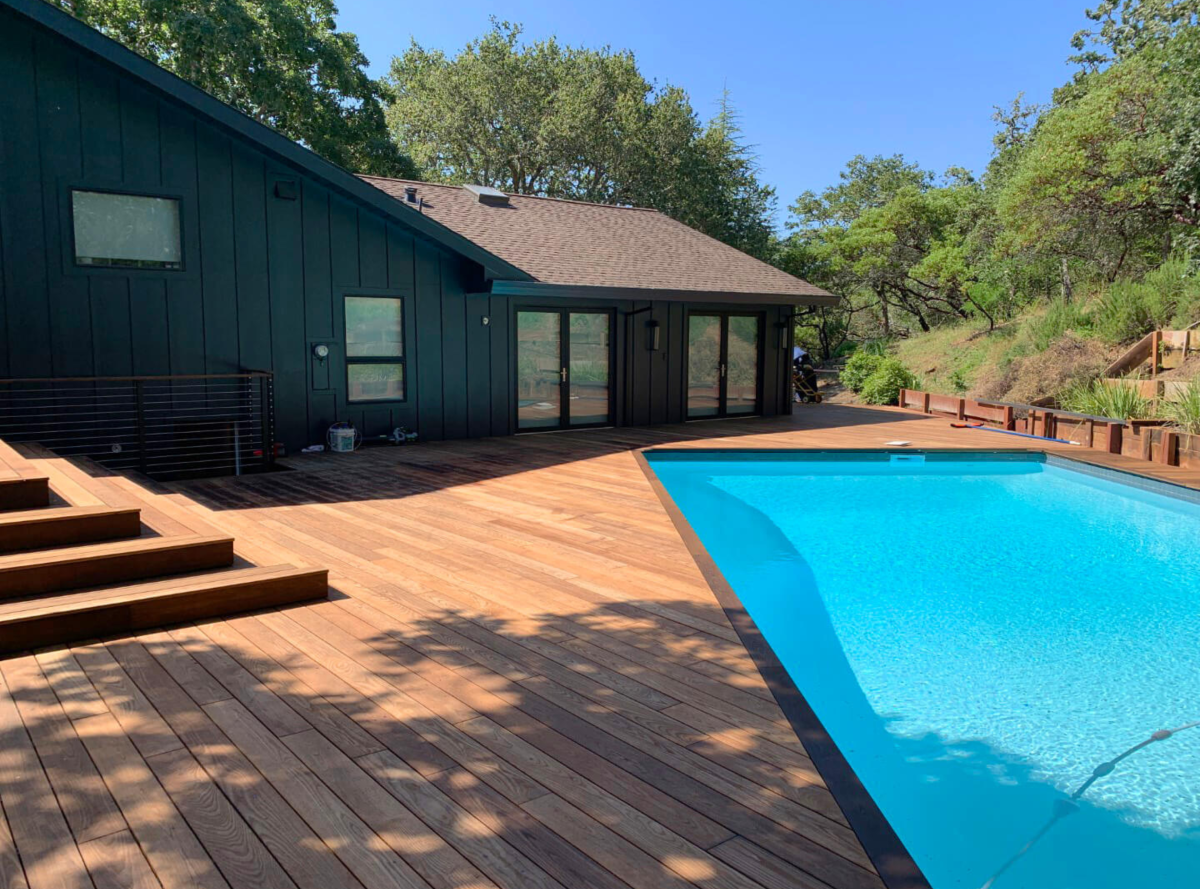



 - Cold weather is coming, and homeowners need to prepare now for potential power outages.
- Cold weather is coming, and homeowners need to prepare now for potential power outages.
 - A need for reliable backup emergency power will be more critical this fall and winter season. Experts warn that extreme weather could bring additional power outages as temperatures surge and storms grow fiercer. Tropical storms are expected to intensify. The National Oceanic and Atmospheric Administration (NOAA) continues to advise that a highly active hurricane season will likely continue in the Atlantic through 2024.
- A need for reliable backup emergency power will be more critical this fall and winter season. Experts warn that extreme weather could bring additional power outages as temperatures surge and storms grow fiercer. Tropical storms are expected to intensify. The National Oceanic and Atmospheric Administration (NOAA) continues to advise that a highly active hurricane season will likely continue in the Atlantic through 2024. - In today’s increasingly fast-paced world, finding moments of peace and tranquility at home is more important than ever. Here are four simple ways to turn your backyard into a serene sanctuary:
- In today’s increasingly fast-paced world, finding moments of peace and tranquility at home is more important than ever. Here are four simple ways to turn your backyard into a serene sanctuary:


